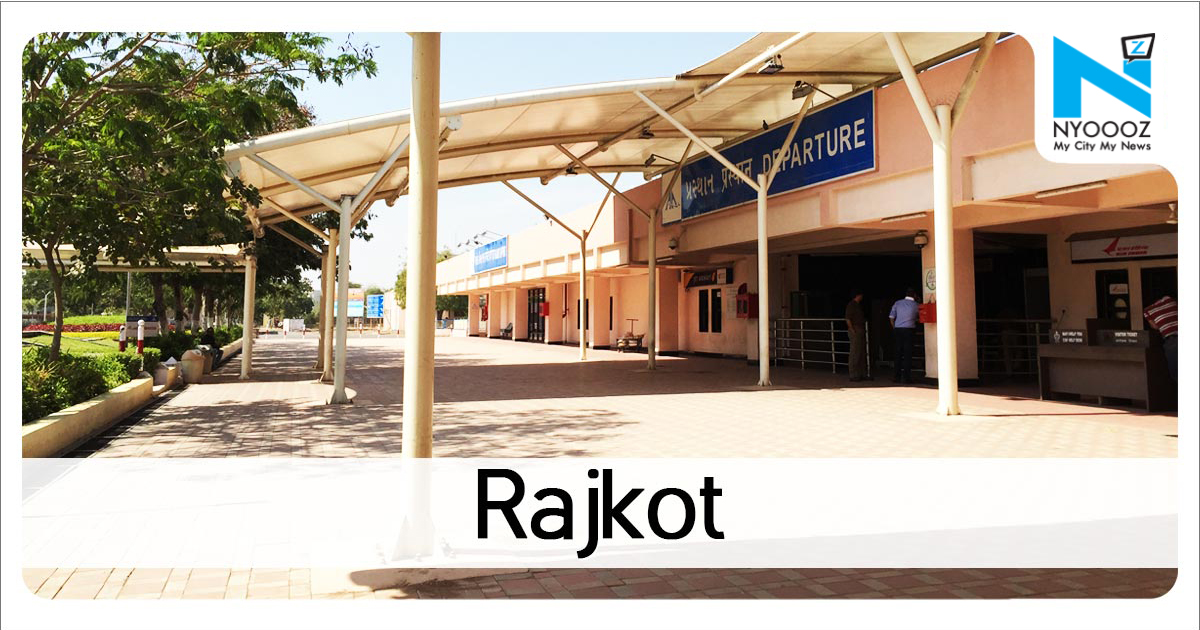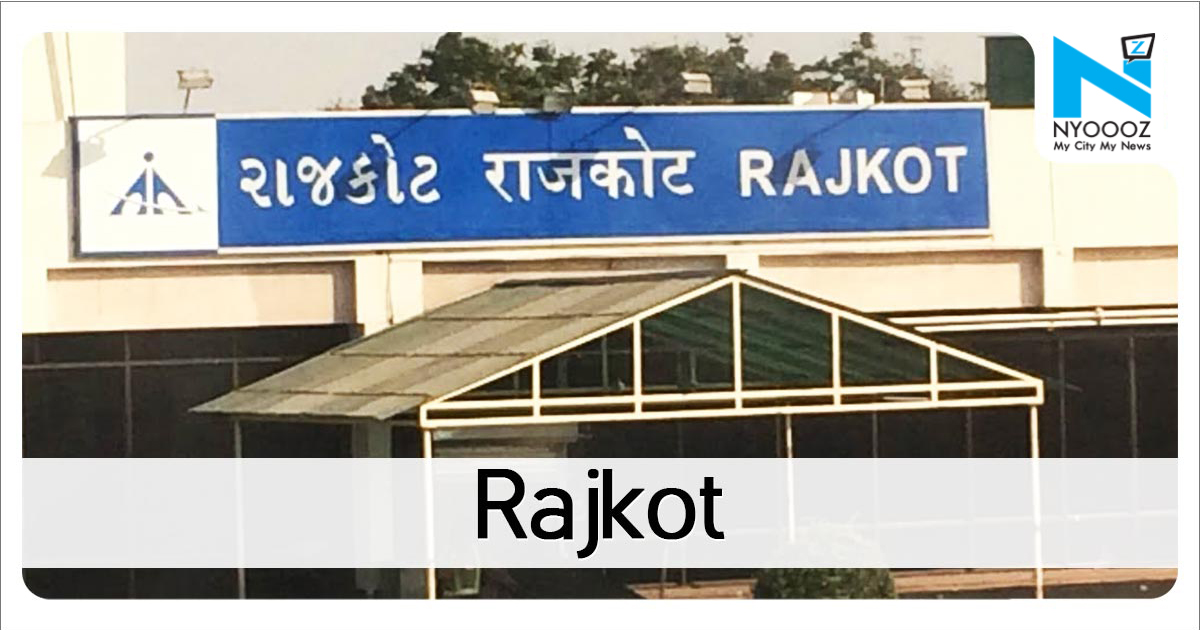
Therefore, around 150 businessmen of Morbi Wall Clock Manufacturing Association got together and floated the idea of this museum. Shashang Dangi, president of Morbi Wall Clock Manufacturing Association said, “When Ajanta came in 1970s, around 90% companies manufacturing clocks since 1947 had to down shutters. Rajkot: Gongs of the wall clocks have fallen silent in most households in the digital age. In the decade of 2000, the digital clocks flooded the market, which even showed date, day, temperature, humidity, pollution level and other information.Getting antique wall clocks for the museum is a challenge. The budget for the museum has not been decided yet and the location will be finalized in upcoming meeting of the association.

If You Like This Story, Support NYOOOZ
Your support to NYOOOZ will help us to continue create and publish news for and from smaller cities, which also need equal voice as much as citizens living in bigger cities have through mainstream media organizations.
Stay updated with all the Latest Rajkot headlines here. For more exclusive & live news updates from all around India, stay connected with NYOOOZ.







